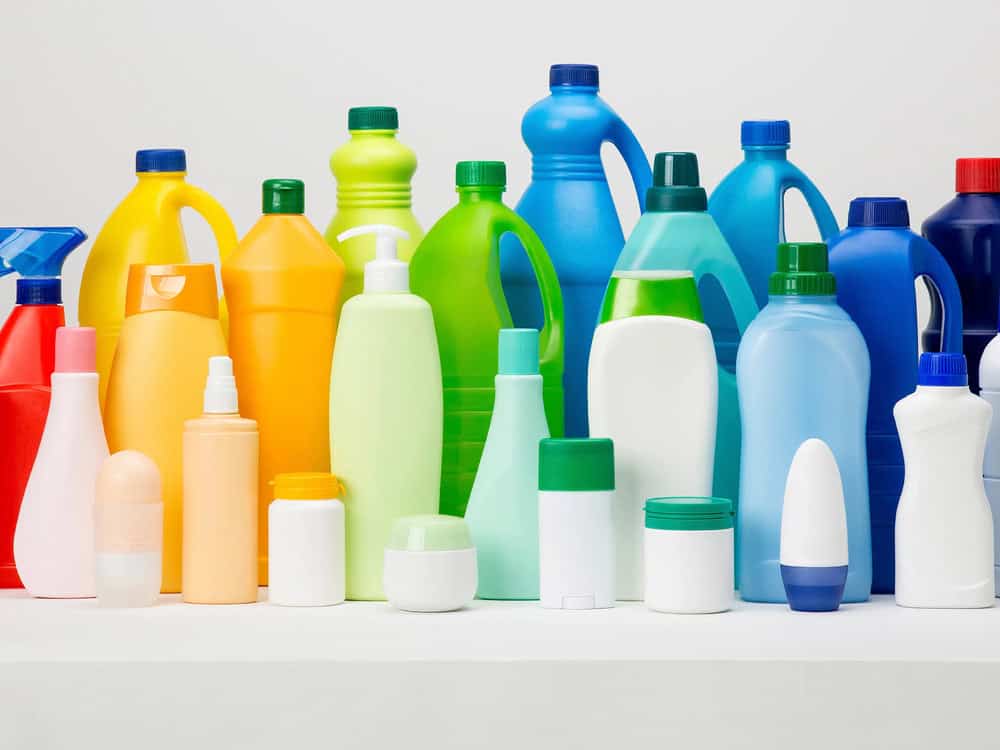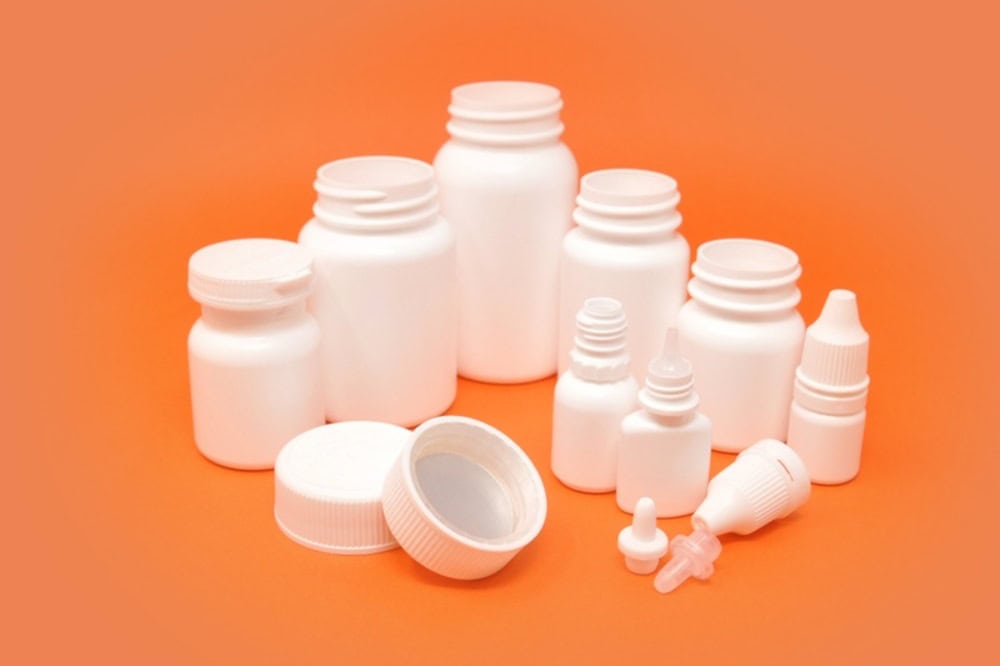When you’re choosing packaging for your products, primary packaging is the first layer that comes into direct contact with the product. It’s an essential layer of protecting and presenting your goods effectively.

Definition and Purpose
Primary packaging serves as the immediate containment from hitting and damage and provides the first layer of protection. It plays a critical role in safeguarding goods against environmental factors like moisture, light, and air, which can degrade quality and shorten shelf life. For perishable goods and pharmaceuticals, the right primary packaging is essential to maintain potency and ensure safety for consumer use. Its purpose extends beyond protection; primary packaging also offers an opportunity for branding and providing product information directly to the consumer.
Materials and Examples
Your selection of materials for primary packaging will depend on the nature of the product. Common materials include:
- Glass: Often used for beverages, pharmaceuticals, and cosmetics, glass provides a high level of protection and is inert, meaning it won’t react with its contents.
- Plastics and Pouches: Flexible and often resealable, pouches might be used for a variety of consumer goods, from snacks to detergents.
- Metal: Think of a soda can or a food tin; metals are impermeable and offer robust protection.
Here are some examples to illustrate the use of primary packaging:
- A glass bottle of olive oil keeps the contents pure and fresh.
- A plastic pouch for dried fruits helps maintain their quality and flavor.
- A metal tin or box for tea, coffee, or cookies can prevent food from breaking or getting damp.
By carefully selecting your primary packaging, you ensure that your product gets to the consumer in the best possible condition, both safe and appealing.
Overview and Examples of Secondary and Tertiary Packaging
In addition to primary packaging, there are some different types of packaging that are also used on products.
Secondary Packaging
Secondary packaging refers to the outer wrapping or container that groups together multiple units of primary packaged products. Its main purposes are:
- Protecting the primary packaged products during transportation and handling.
- Facilitating handling and distribution by grouping primary packages together.
- Providing branding, product information, and marketing on the outer packaging.
- Allowing for efficient display and sale of products at retail.
Some common examples of secondary packaging include:
- Cardboard boxes containing multiple primary packaged items like bottles, cans, pouches, etc.
- Plastic ring carriers for beverage bottles/cans
- Shrink-wrapped bundles/trays of primary packaged products
- Retail-ready packaging like counter displays
Secondary packaging often features branding elements like logos, colors, and product descriptions to attract consumers and communicate product information. It is an excellent way to reinforce your brand and enhance product visibility.

Tertiary Packaging
Tertiary packaging refers to the outermost layer used for bulk handling, warehousing, and shipping of packaged products over long distances. Its main roles are:
- Protecting and securing multiple grouped secondary packages during transportation
- Facilitating handling and movement of large quantities as a single unit
- Enabling efficient storage and distribution through supply chains
- Common examples of tertiary packaging include:
- Pallets with stretch-wrapped stacks of secondary packaged products
- Large cardboard boxes/crates containing multiple secondary packages
- Plastic/metal pallet containers for bulk shipments
Tertiary packaging is rarely seen by end consumers, as it is removed before products reach retail shelves. It typically has minimal branding, only showing logistics information like product codes, quantities, etc.
Secondary packaging protects and groups primary packaged products for retail sale, while tertiary packaging enables bulk transportation and warehousing of those grouped secondary packages through the supply chain packaging in the Business Ecosystem.
Cost of Packaging

The cost varies based on the specific material used, with plastic generally being less expensive than glass. On average, primary packaging costs range from $0.25-$0.75 per unit for flexible packaging (based on 5,000-25,000 units) up to $8.50-$10.00 per unit for rigid boxes.
Secondary Packaging cost
Costs for secondary packaging depend on the materials, size, printing, and order quantities. Corrugated boxes and folding cartons are common forms of secondary packaging. Corrugated boxes typically cost $2.70-$3.50 per unit, while folding cartons range from $1.80-$2.25 per unit on average.
Tertiary Packaging Cost
The cost of tertiary packaging is influenced by the type and amount of materials needed to adequately protect the products during distribution.
In general, packaging costs are impacted by Materials used (paper, plastic, glass, etc.). There is no exact cost for tertiary packaging because of the large range of materials.
Packaging Cost for Company
On average, companies spend 10-40% of a product’s retail price on packaging. Packaging can represent up to 15% of the total product cost. Strategies to reduce packaging costs include optimizing designs, minimizing materials, increasing order quantities, and working closely with packaging suppliers to identify cost-saving opportunities across primary, secondary, and tertiary packaging.
Selecting the Right Packaging
Your choice in packaging should balance cost, materials, quality, and protection. You should consider the environmental impact—sustainable packaging options, like recyclable or recycled materials, are increasingly important. The end user, transportation requirements, and storage play deterministic roles in this selection process.
